College football coaches have never been under greater pressure to win more, and win sooner, than ever before.
Last decade, the grace period for building a winning program was roughly four-to-six years, depending on the situation a head coach inherited. That’s enough time for a recruiting cycle to play out, from signing day to Senior Day.
Emblematic of our culture, coaches are expected to deliver results with microwave speed. Three and sometimes just two years are all a coach is afforded to win.
Even just showing measurable progress isn’t enough to fend off hot-seat talk. Take Colorado, arguably in the most dire of straits among Power Five programs when Mike MacIntyre began there in 2013.
The Buffs have steadily improved in MacIntyre’s three years, and for the last two years have stood toe-to-toe with some of the Pac-12’s best. Among their losses: 38-31 against Arizona, 35-31 at UCLA (a game that ended with CU driving for the win), 27-24 vs. USC and 20-14 at Utah.
Despite the evident strides Colorado’s made from its 1-win nadir in 2012, CU athletic director Rick George had to address questions about MacIntyre’s job security last month.
Stanford head coach David Shaw, who was part of a major overhaul as an assistant to Jim Harbaugh, said, “college football’s never been better” than it is now.
As a result, building a winner now is more difficult than ever — certainly more so than in the 1980s, when Bill McCartney transformed Colorado from a perennial punching bag into a national champion.
The Pac-12 was a once a conference heavy up top, but lean in the middle. The coaching cycle after the 2011 season dramatically changed the league’s complexion, with Jim Mora (UCLA), Rich Rodriguez (Arizona), Todd Graham (Arizona State) and Mike Leach (Washington State) all arriving at the same time.
An influx of coaching talent coincided with investment in facilities. Chasing Oregon, which spent donations from Nike mogul Phil Knight on stadium, weight room and locker room upgrades, the rest of the conference followed suit with the help of an unprecedented $2.7 billion TV contract.
Now, the once top-heavy Pac-12 — a conference dominated by one program for the better part of the previous decade — prides itself on parity. The new landscape makes upward mobility more difficult for a bottom-rung team.
“Our league is extremely tough, from top to bottom,” MacIntyre said. “We’ve lost a lot of close football games. Seems like every week, we’re playing a Top 20 team. It does make it tough.”
Colorado’s road to success isn’t a sprint, thus the Buffs’ success has to be measured in milestones.
“When I first got here, we were getting blown out,” MacIntyre laughed. “Last year, we played some close games, and then this year, we were leading some teams at halftime and going into the fourth quarter — teams that had beaten us like a drum the four previous years.
“I’ll use USC as an example,” he continued. “I think the previous four years that we were in the Pac-12, the [combined] halftime score was 98-to-10 or something.”
Close. From 2011 through 2014, USC outscored Colorado in first halves 116-23.
“This year we were leading at halftime, should have won the football game, didn’t,” MacIntyre said. “That’s something we’ve got to do. That’s very frustrating we’ve improved so much and didn’t finish in some of those games.”
Still, being in position to win against opponents like USC, UCLA and even Oregon, which Colorado went back-and-forth with for more than three quarters shows considerable progress.
Next year is MacIntyre’s fourth at Colorado. His first crop of recruits will be seniors, and the bevy of youngsters forced into contributing roles as underclassmen will be better equipped to finish some of those close contests.
Washington State saw results in Leach’s fourth year, a breakout 9-4 and likely Top 25 finish this season. The Cougars were ranked in the Top 25 for the first time since 2006, and in the hunt for the Pac-12 championship late into the season for the first time since 2003.
The decade following that 2003 campaign was trying. Washington State when it reached out to Leach was stuck in doldrums — not unlike Colorado’s situation when it hired MacIntyre. And, like MacIntyre, Leach was faced with turning around a program in the parity-driven Pac-12.
“It’s very tough to do, because it is top-to-bottom the toughest conference, and I think indisputably so,” Leach said.
Leach described commitment to the vision as central to a rebuild: “do the best you can everyday,” is how he described it. The initial benchmark, Leach said, is the most obvious.
“You try to go to a bowl, but you don’t want to put a ceiling on it. You want to go as far as you can,” he said.
Washington State did so in Year 2, reaching the New Mexico Bowl. The Cougars upgraded in Leach’s fourth season with a trip to the Sun Bowl to face Miami. But between, Washington State hit turbulence that can sometimes be unavoidable.
The Cougars finished 3-9 in Leach’s third season and lost record-setting quarterback Connor Halliday, casting uncertainty on the program’s direction. Nevertheless, Washington State remained committed to Leach, giving him that rarely-guaranteed fourth year. Leach’s hire of defensive coordinator Alex Grinch was Cougar football’s reward for the patience so increasingly uncommon in this sport.
Grinch’s one-year transformation of the Washington State defense speaks to the importance of support staff in building a winner. Never did Washington State’s defensive transformation shine more than in the Sun Bowl, a 20-14 Cougar win in which the defense compensated for a scoreless second half.
Hiring the right assistants can make or break a head coach’s tenure, and thus the market for top-flight assistants is more competitive than ever before.
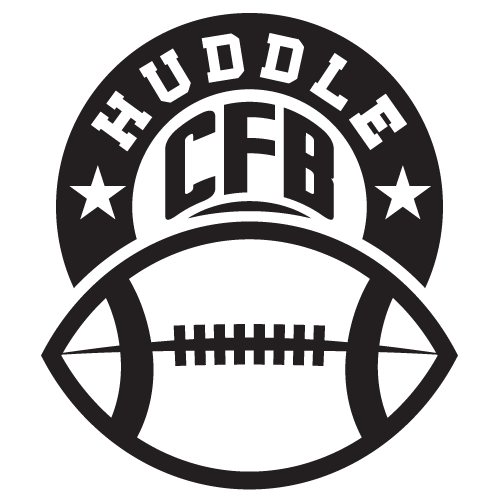
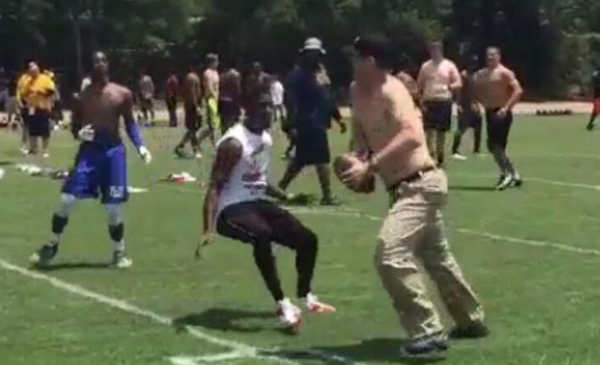


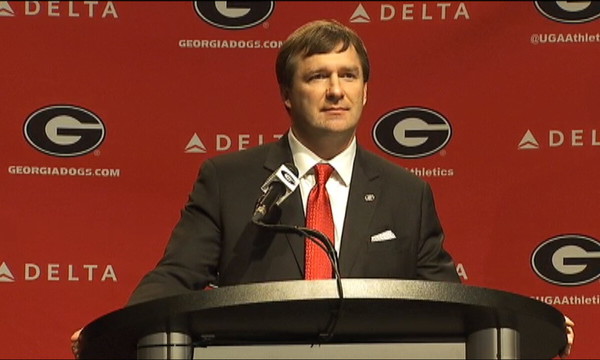
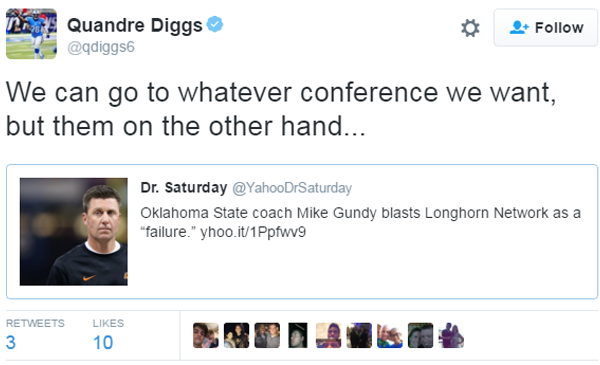
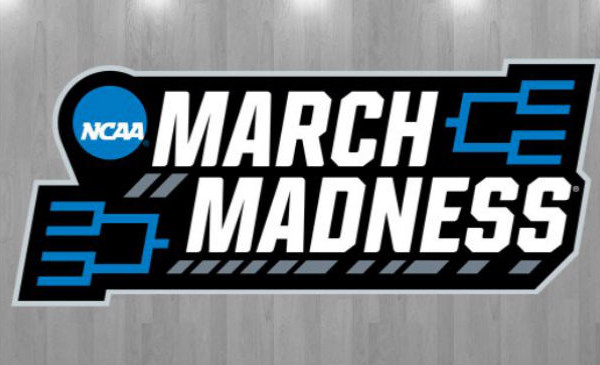
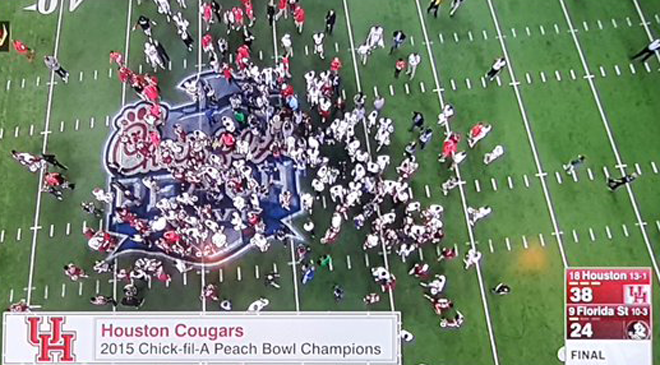

[…] Making The Program: Coaches Talk Building Winners in College Football […]